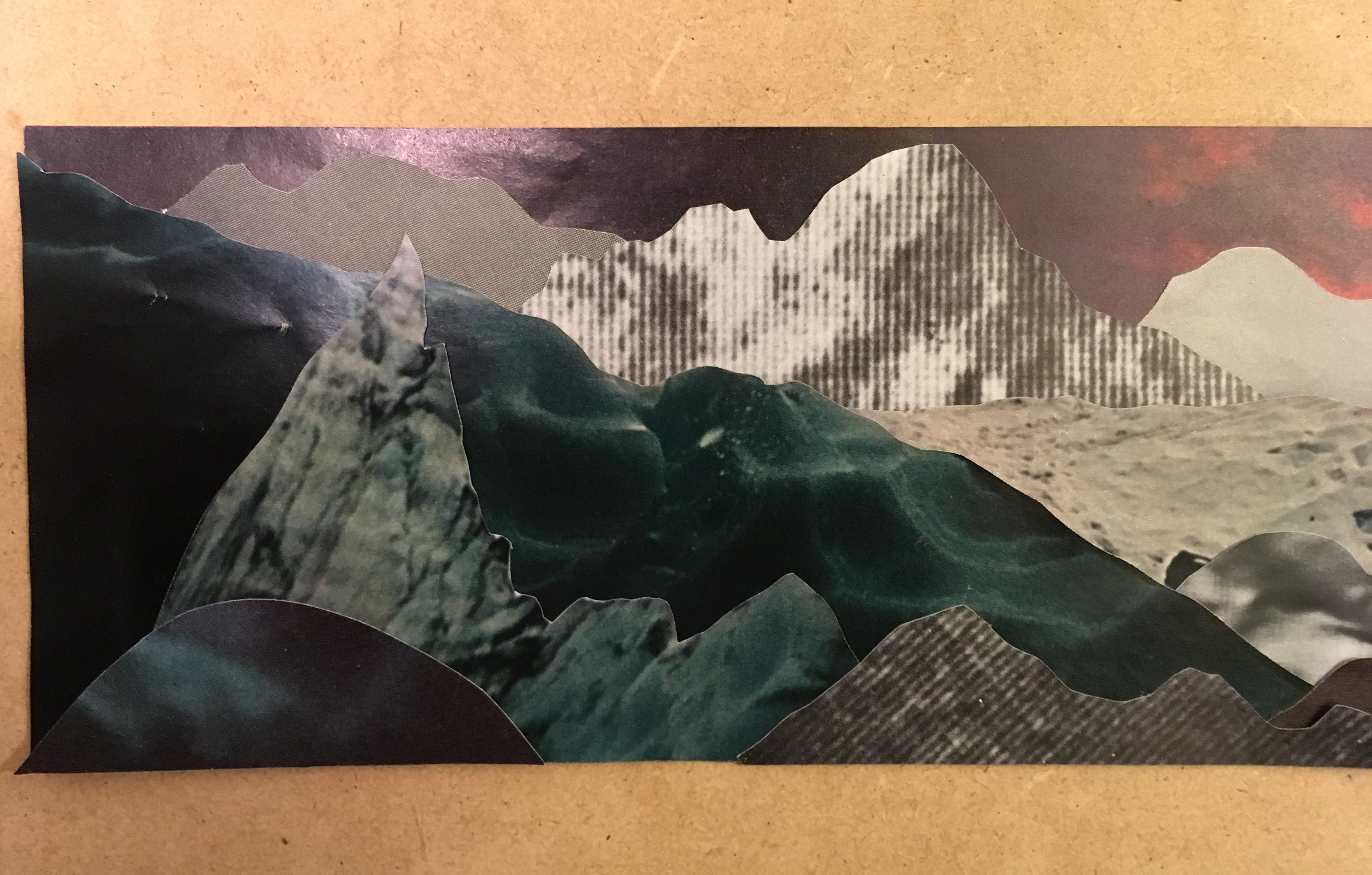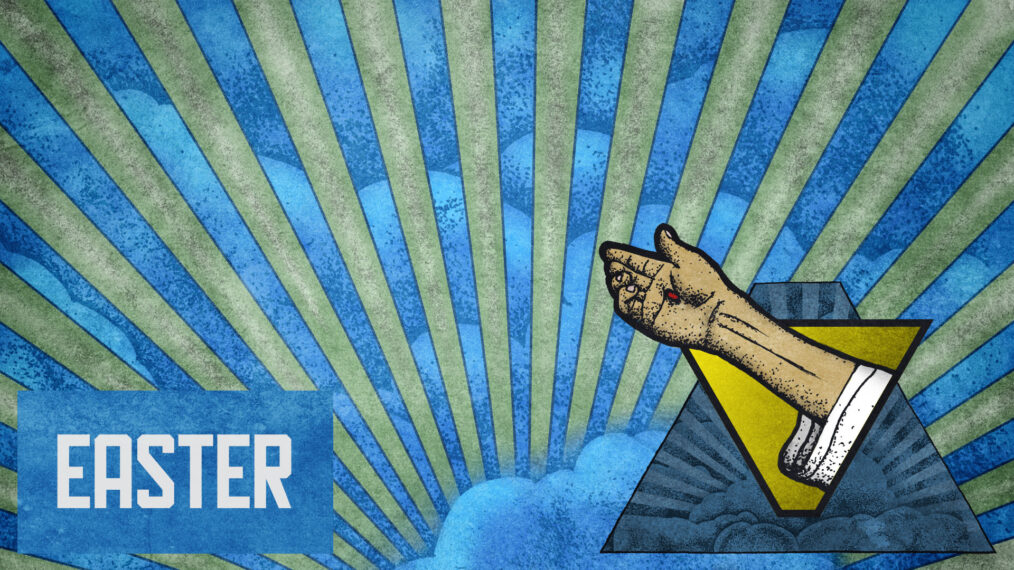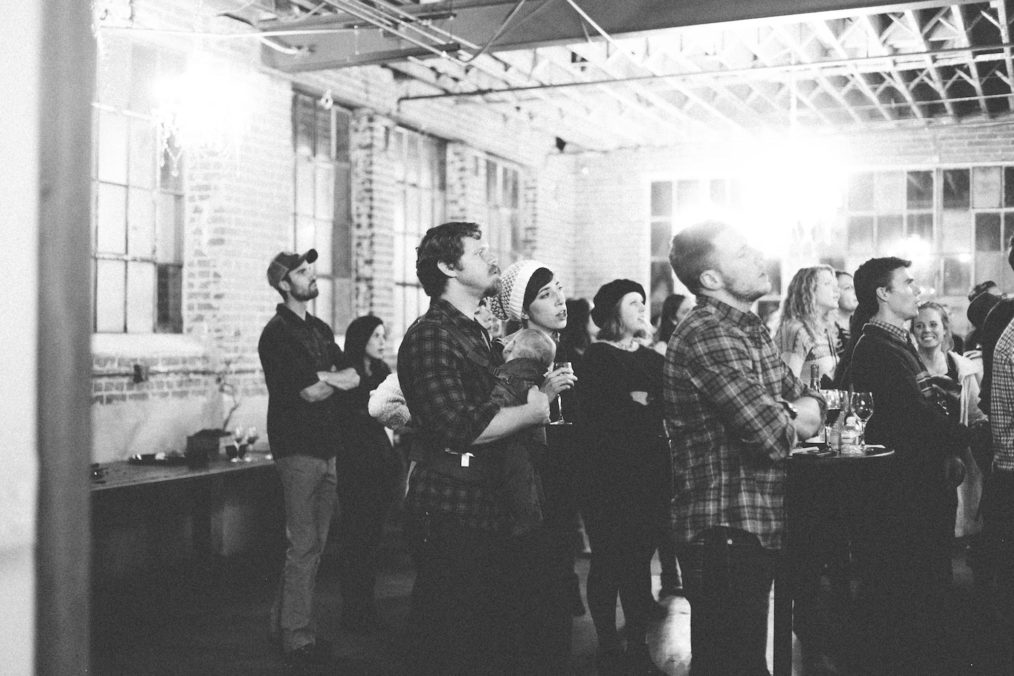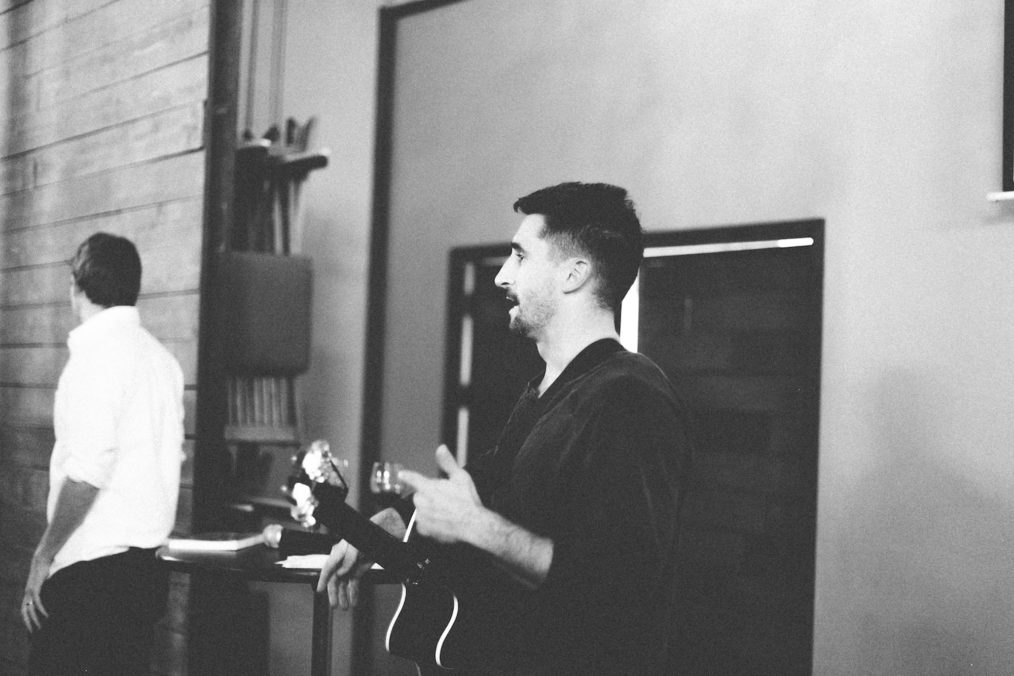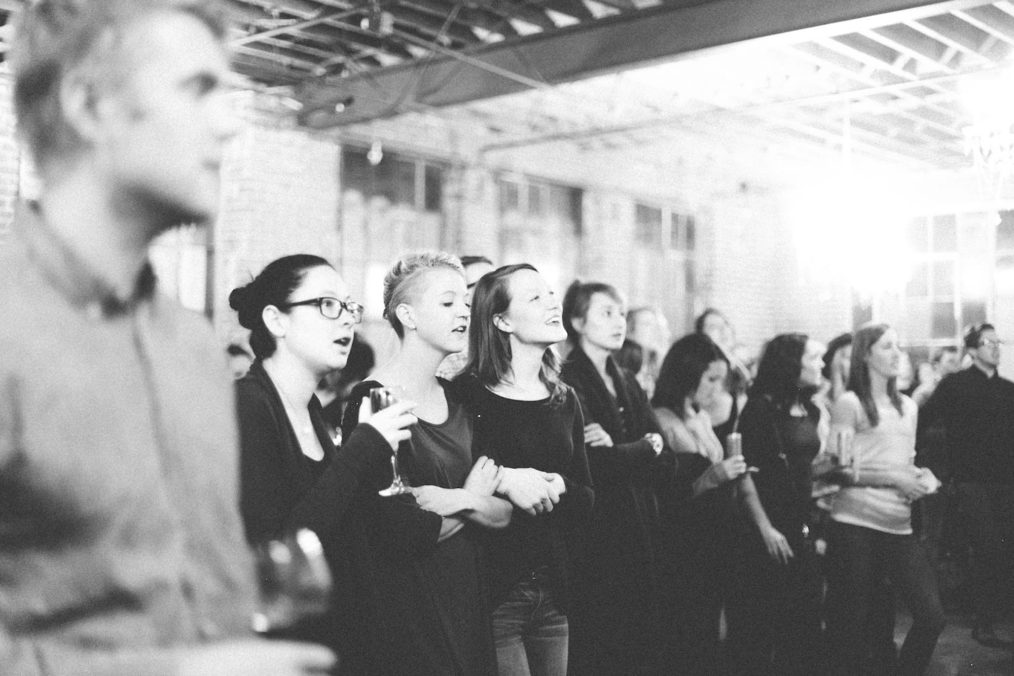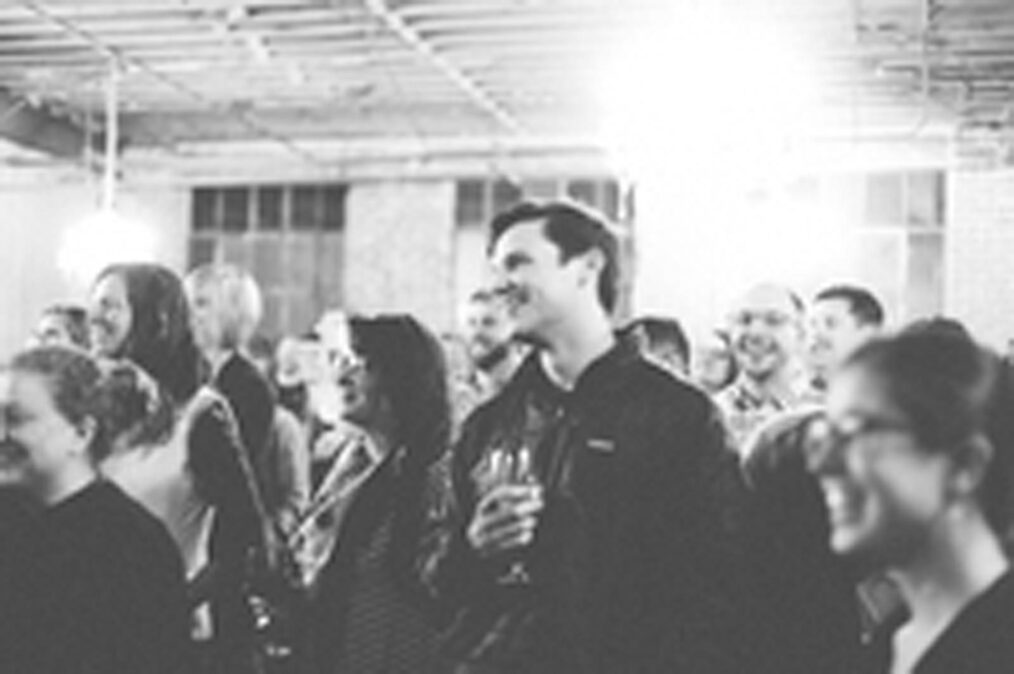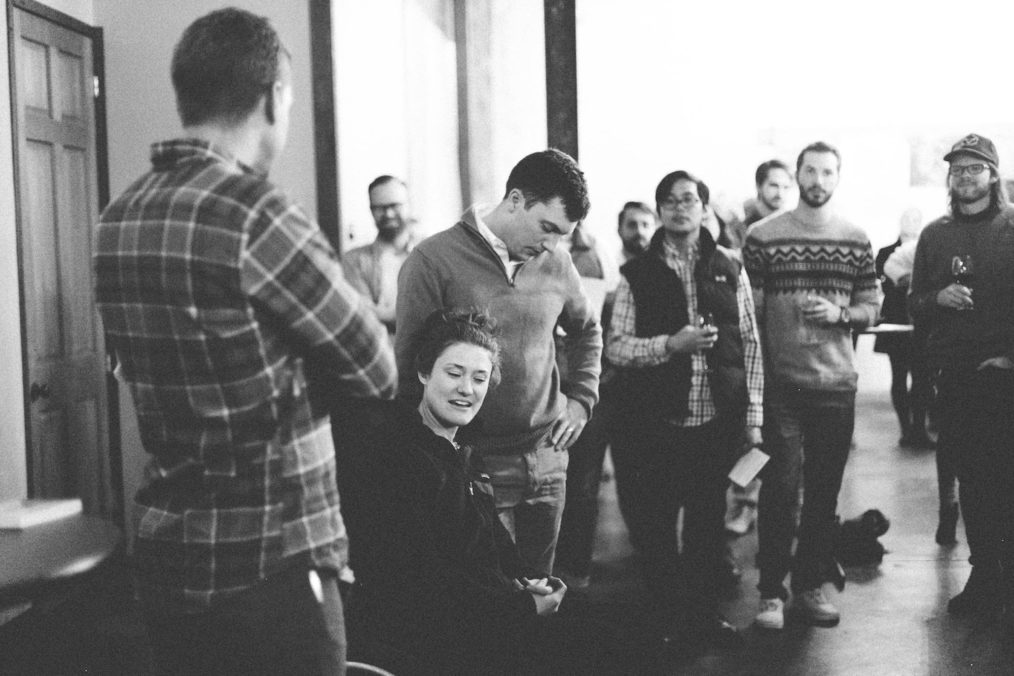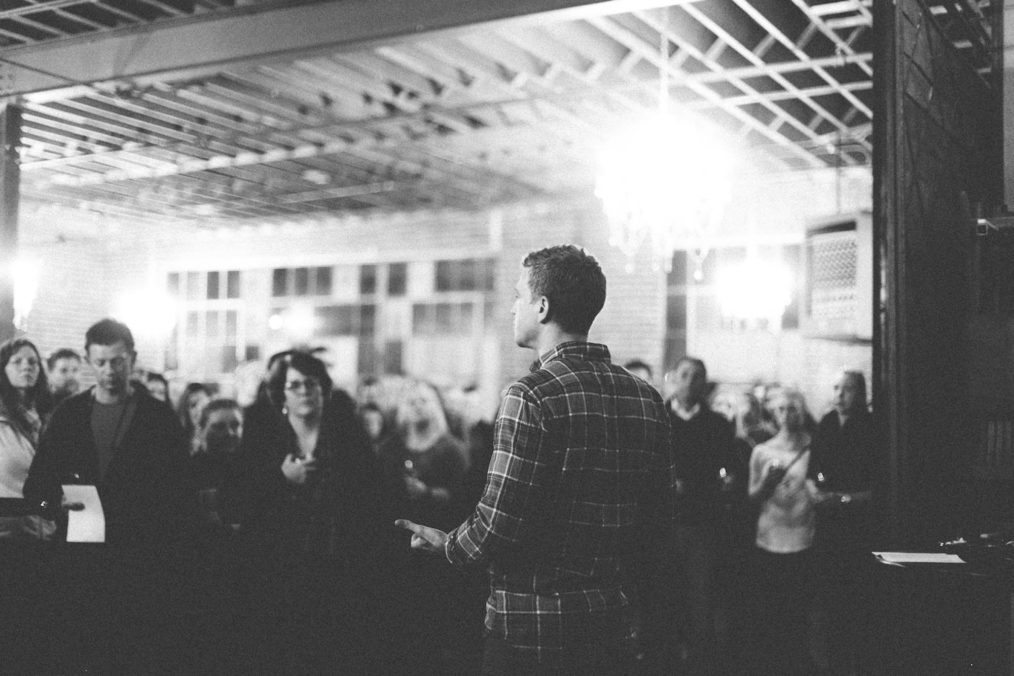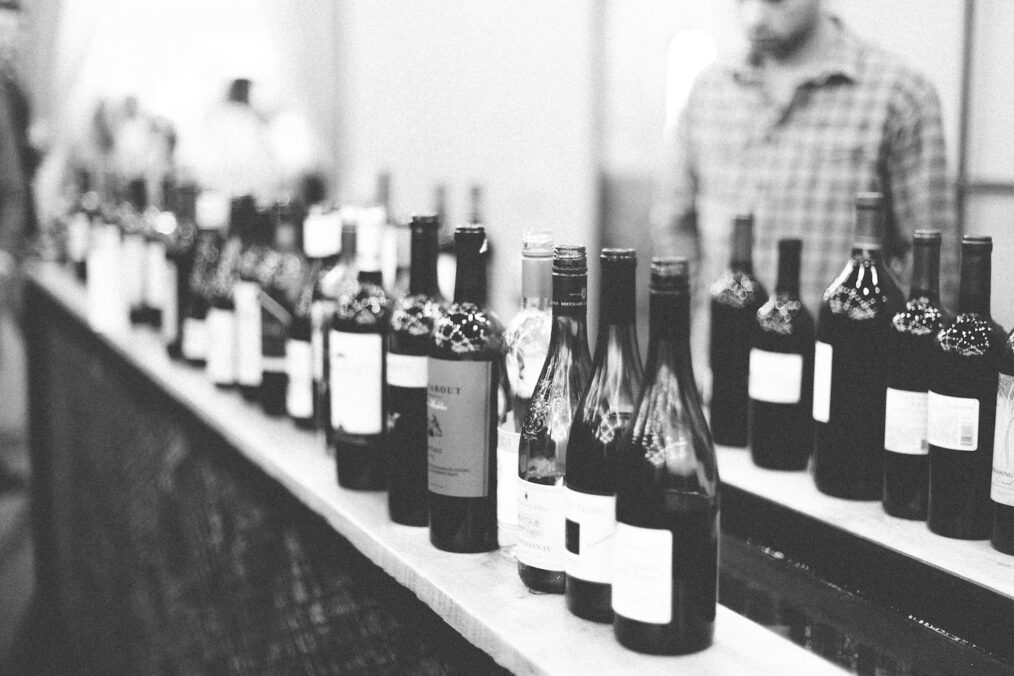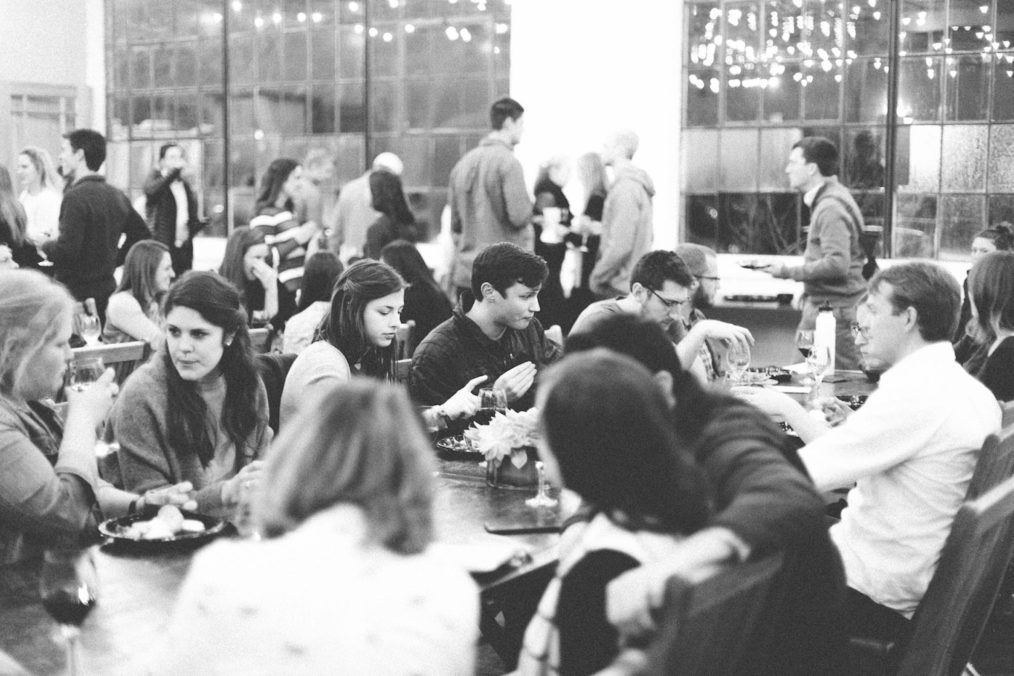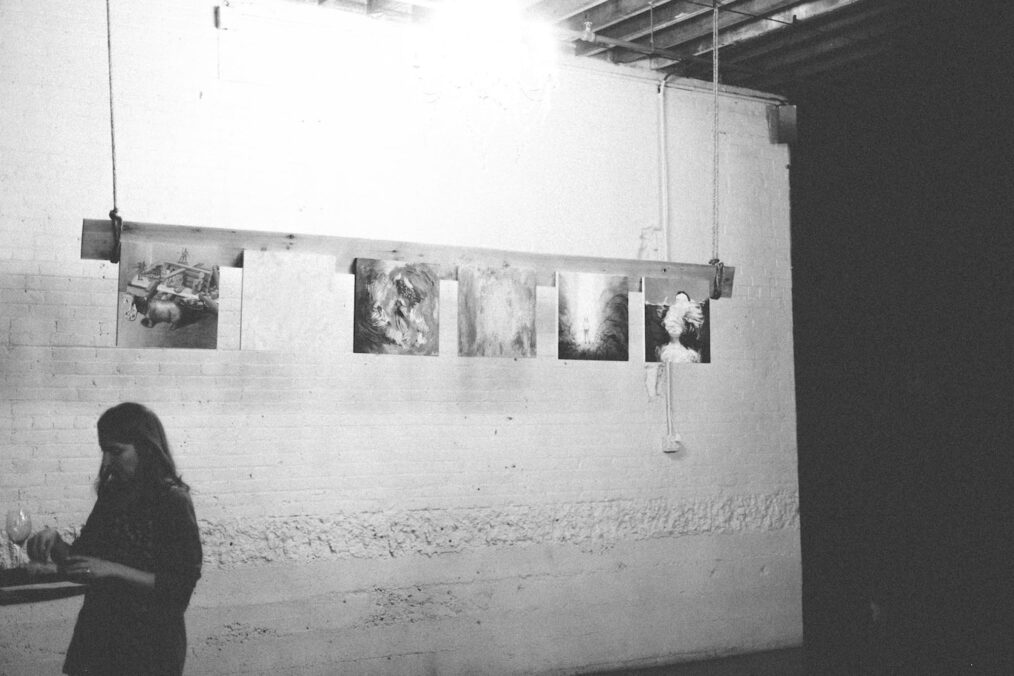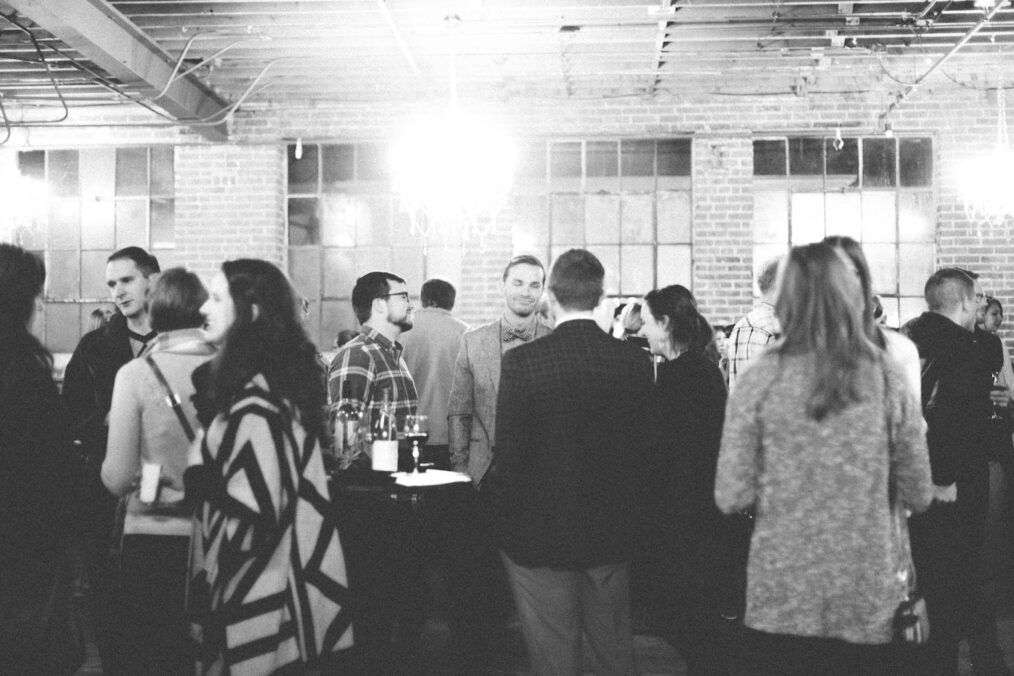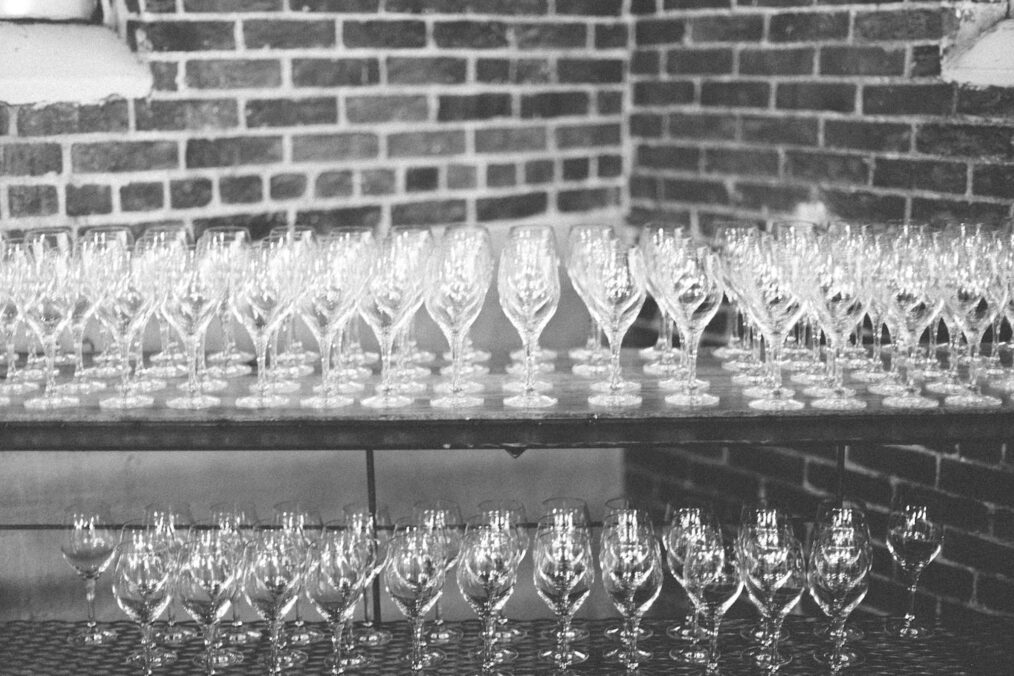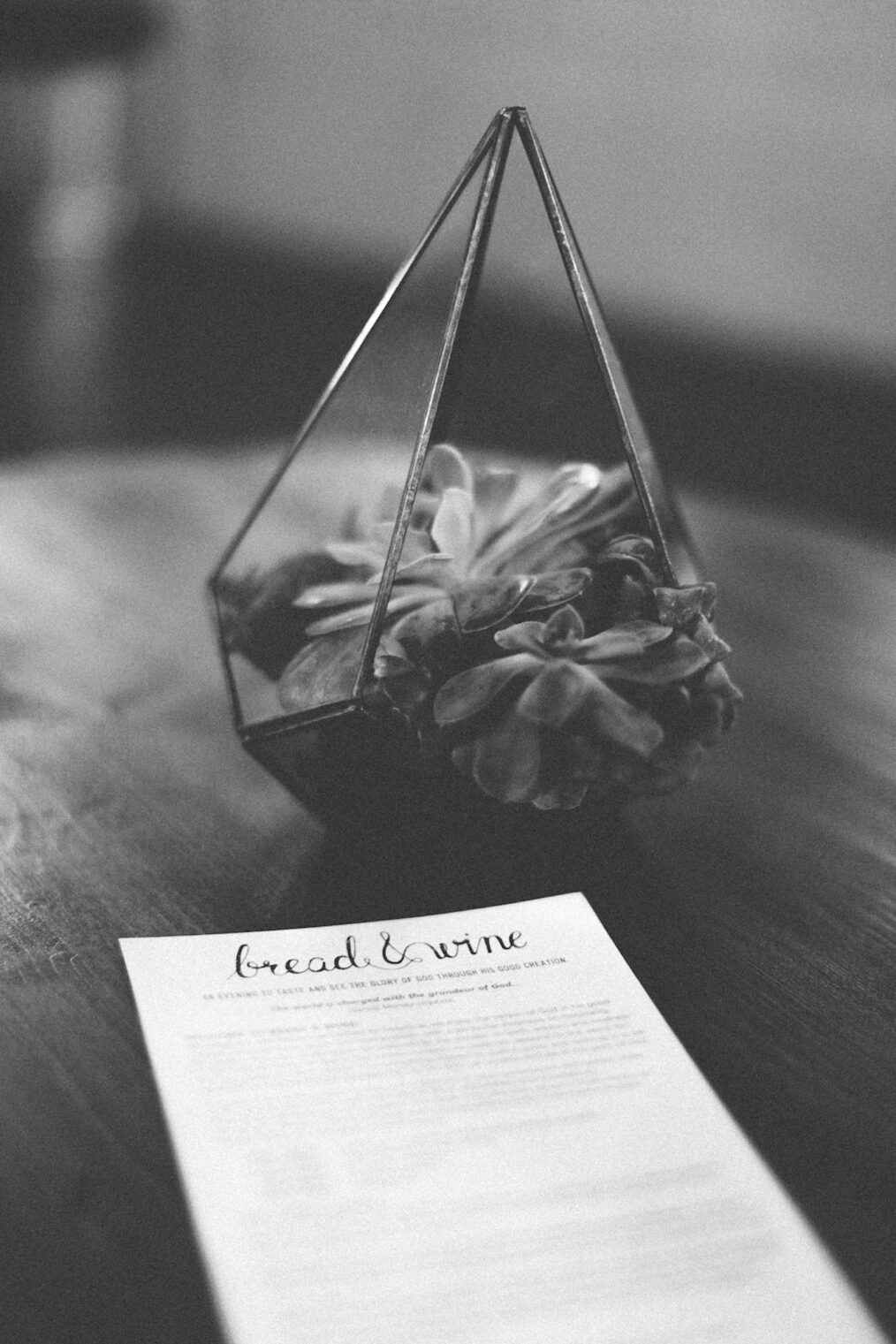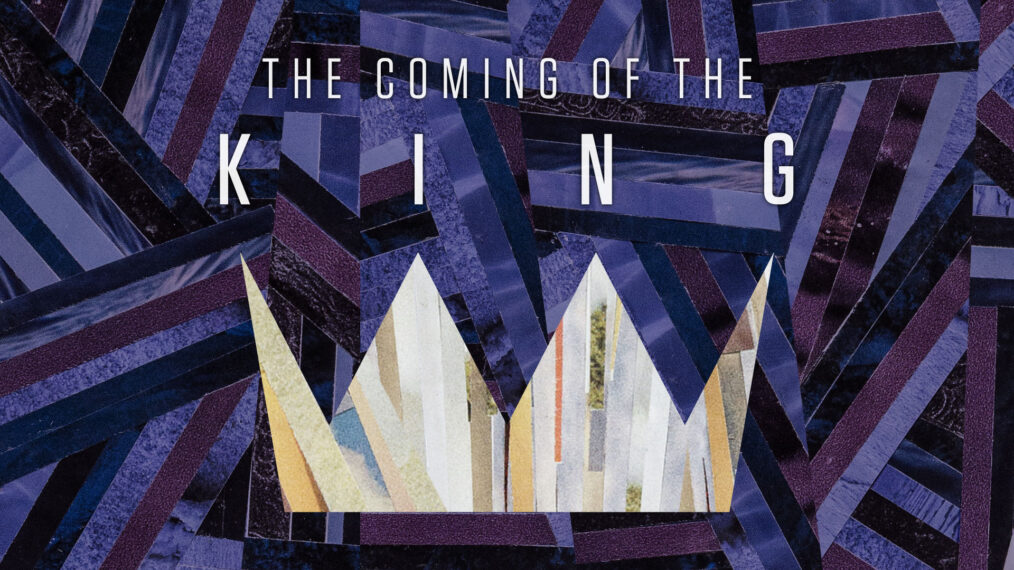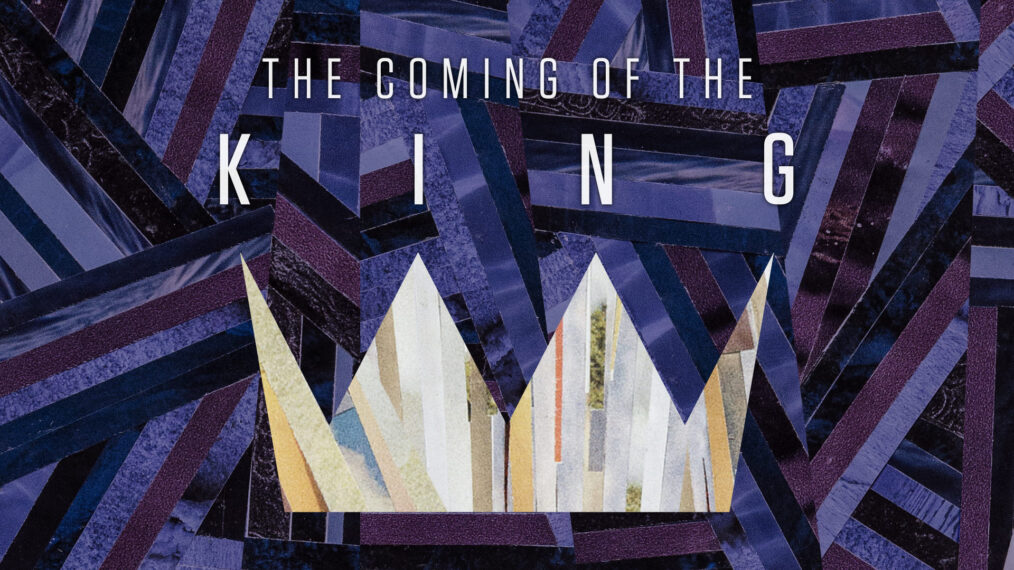Person: Benjamin Rogers
We commissioned Benjamin Rogers to create an original art piece for our series in Ephesians. Benjamin is a full-time instructor of art at Red Rocks Community College. He has an MFA in painting from Arizona State University and his work has been exhibited across the country. He based his work for this piece on several arguments from the text. Here’s how he describes it…
Piece & Process
In creating this piece, I tried to visually connect some of the themes present in Ephesians. Many of these themes are somewhat unrelated in subject matter, so I had to develop a way to allude to them in a tangential manner. This essay isn’t intended to explain 100% of the meaning within this piece, but simply to give you some insight into my thought process.
Ephesians 2:19–21 talks about people in the church as “…no longer being aliens and strangers but members of the household of God”. This led me to use vastly different imagery within the same piece in a way that felt cohesive. The resultant image is almost collage-like, but the overall feeling, if nothing else, emphasizes the colorful top layer over top of the monochromatic(ish) layers underneath. This visually communicates a theme of blossoming, new life, as if waking from a dream.
The bottom visual layer is a pattern made from the life cycle of the cicada. I used the cicada’s life cycle because they remain under the ground for 17 years as nymphs, then emerge and molt their shell and live in the light of day for a couple of weeks and die. This process of climbing out of the ground and living in the light reminded me of Ephesians 4:22–24. This was the inspiration for painting moths and butterflies, as well as the life cycles of a frog and monarch butterfly. The bottom and top layers act as conceptual bookends illustrating the same concept. However, one is generally thought of as beautiful while the other is generally thought of as gross. I really like this dichotomy and think that it is pretty illustrative of human institutions.
Ephesians 4:1–16 immediately alludes to a physical body, which only functions properly when all organs work together in unity. This illustration of the workings of the church body is a beautiful analogy, because it demonstrates that there is a lot of unappealing, unappreciated work that is necessary for the Church to flourish. My goal was to illustrate anatomical renderings of some essential human organs, some whose function is obvious and well known and others which aren’t as recognizable or well-understood. I used the implied line to demonstrate the working relationship between them.
Perhaps the least recognizable theme illustrated in the painting is that of submission, which arises in Ephesians 5:22 and 6:1–9. My thinking on the theme of submission is that items are to be placed in their proper order. To depict this, I used a spiral staircase, because if the stairs aren’t laid in the correct order then the structural integrity is compromised. If people aren’t willing to submit themselves to the appropriate authority, whatever or whomever that is, then the system is compromised and may fall apart. The staircase also acts as a static visual anchor for the rest of the imagery on the painting. It provides a structure through which the rest of the visual elements can interact.
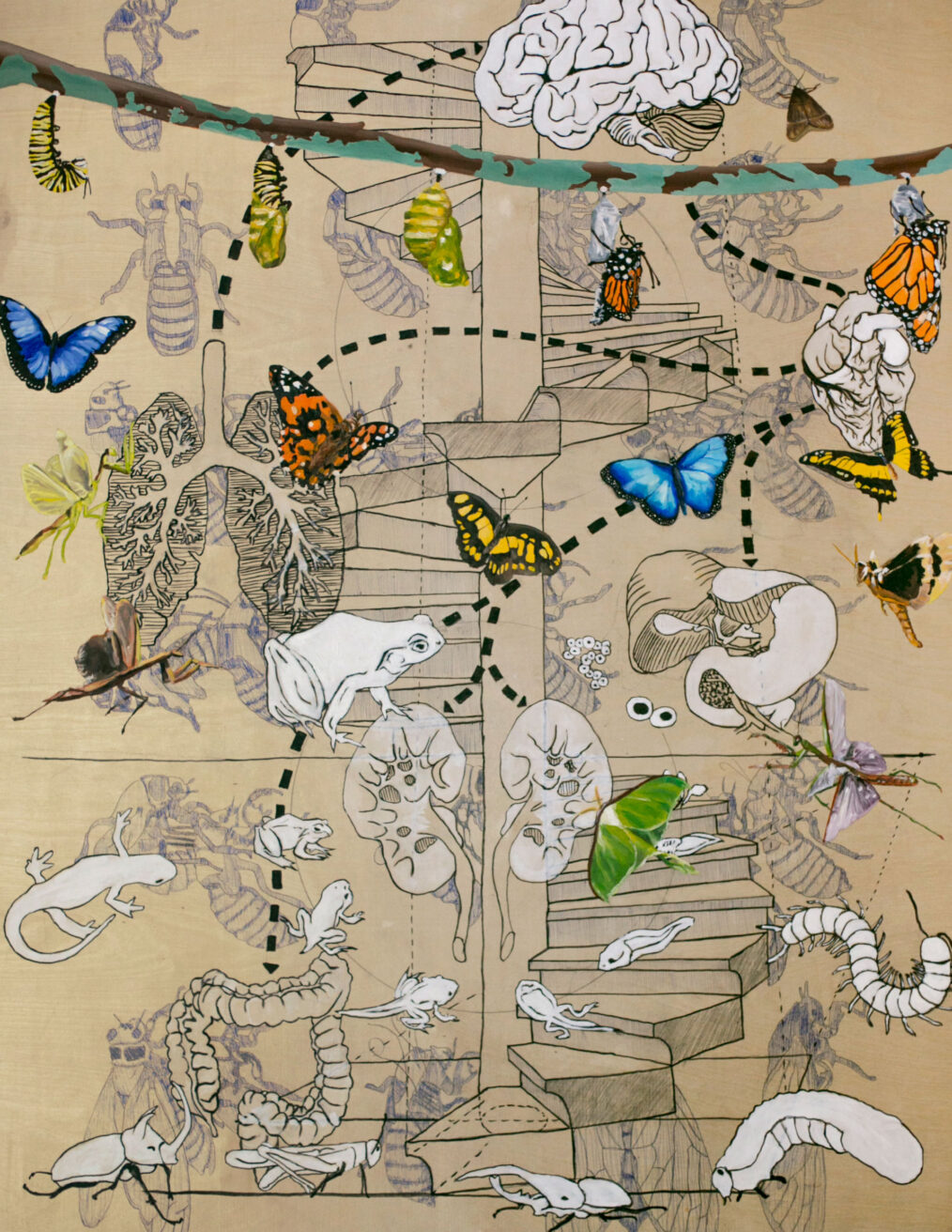
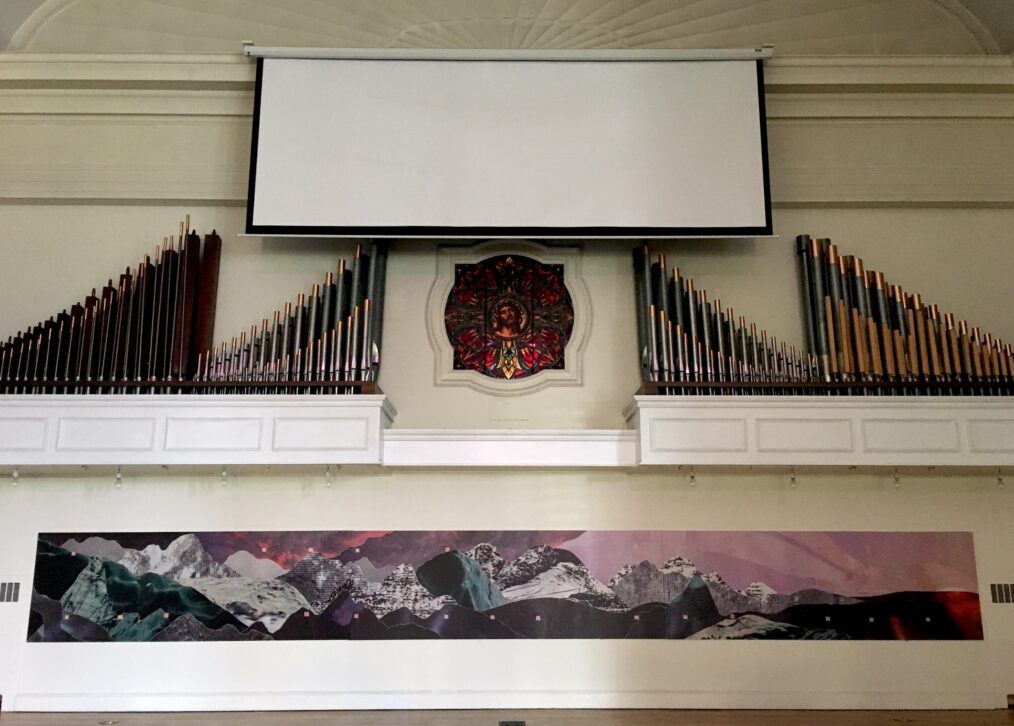

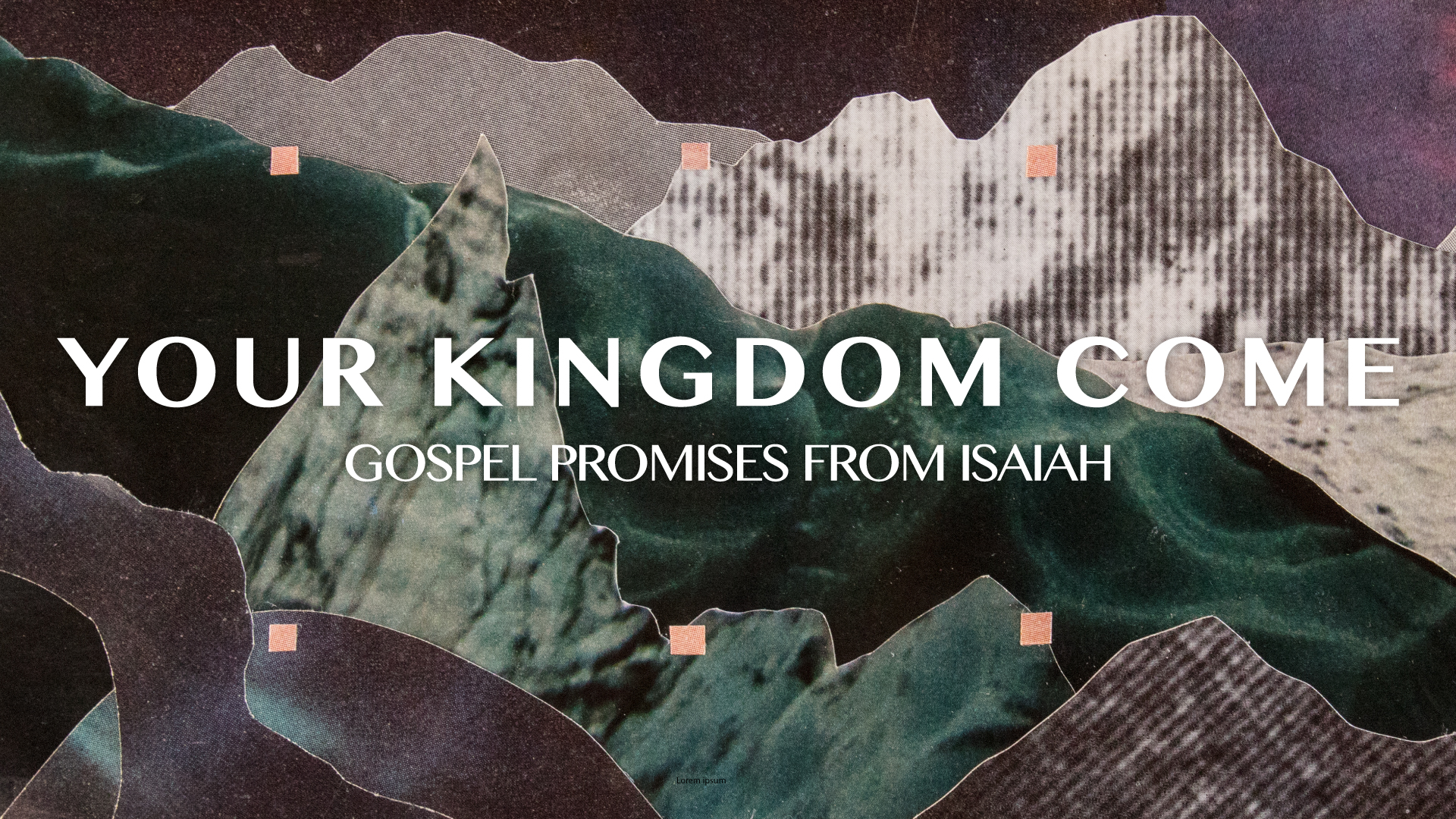
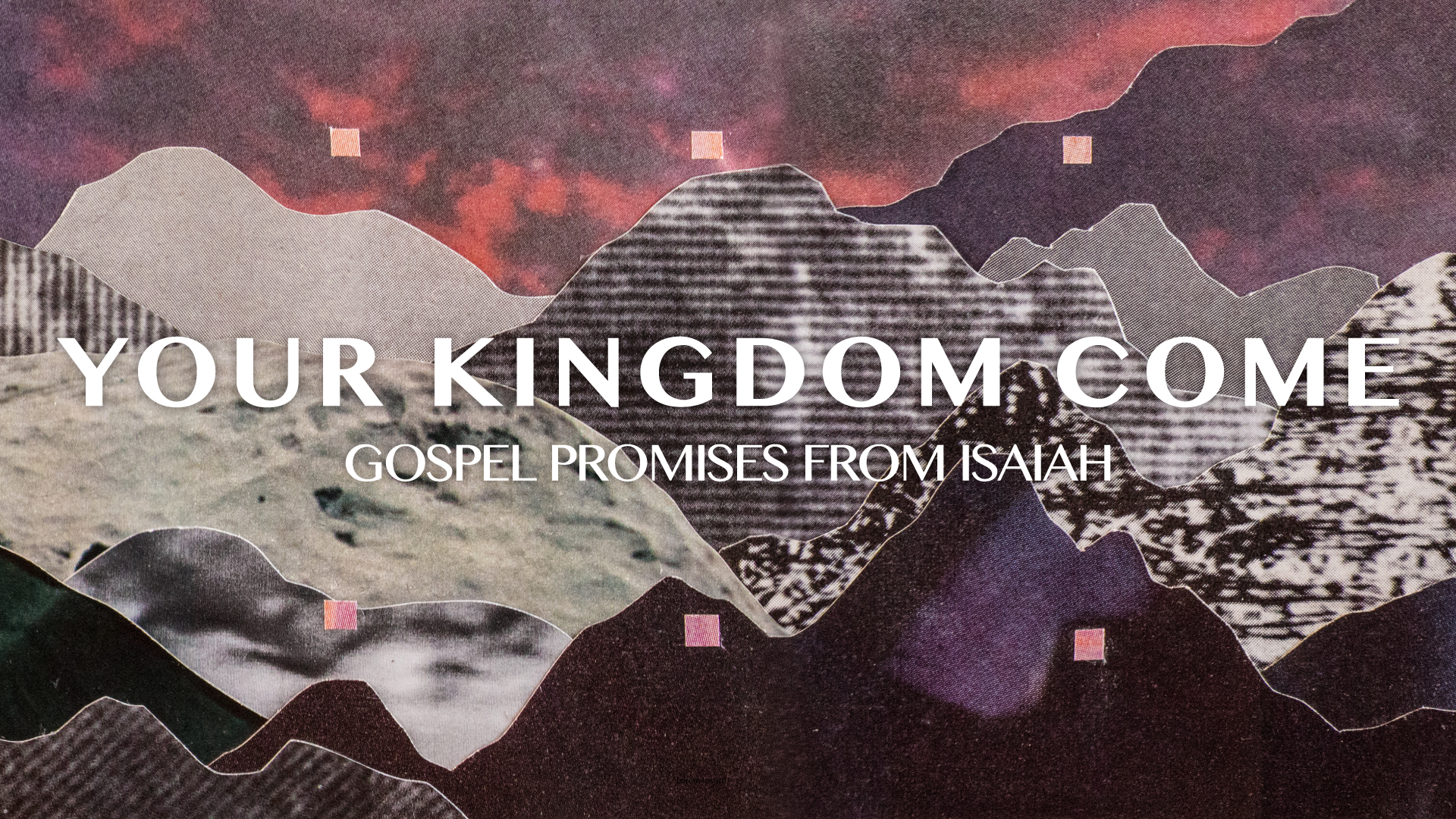
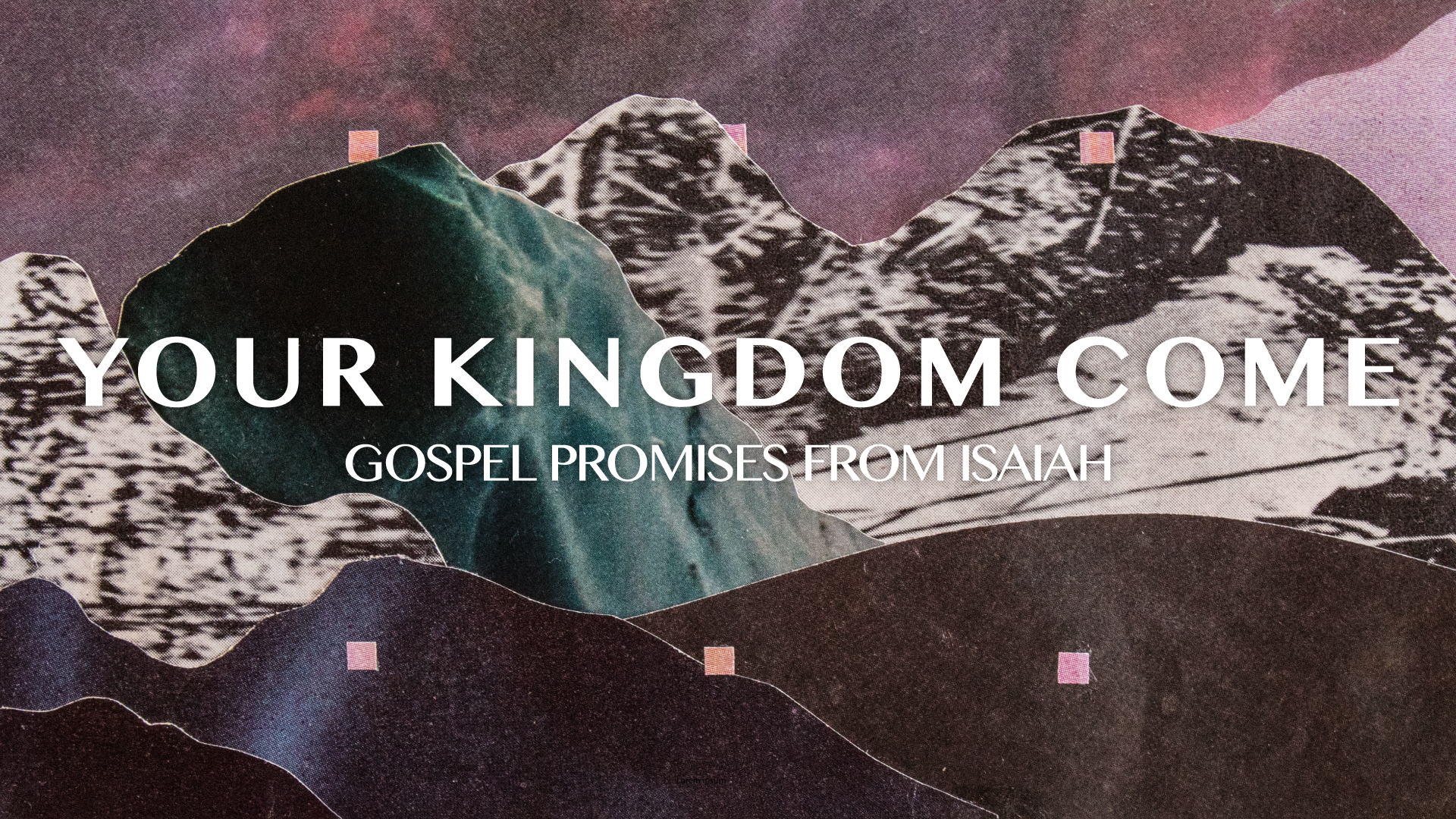
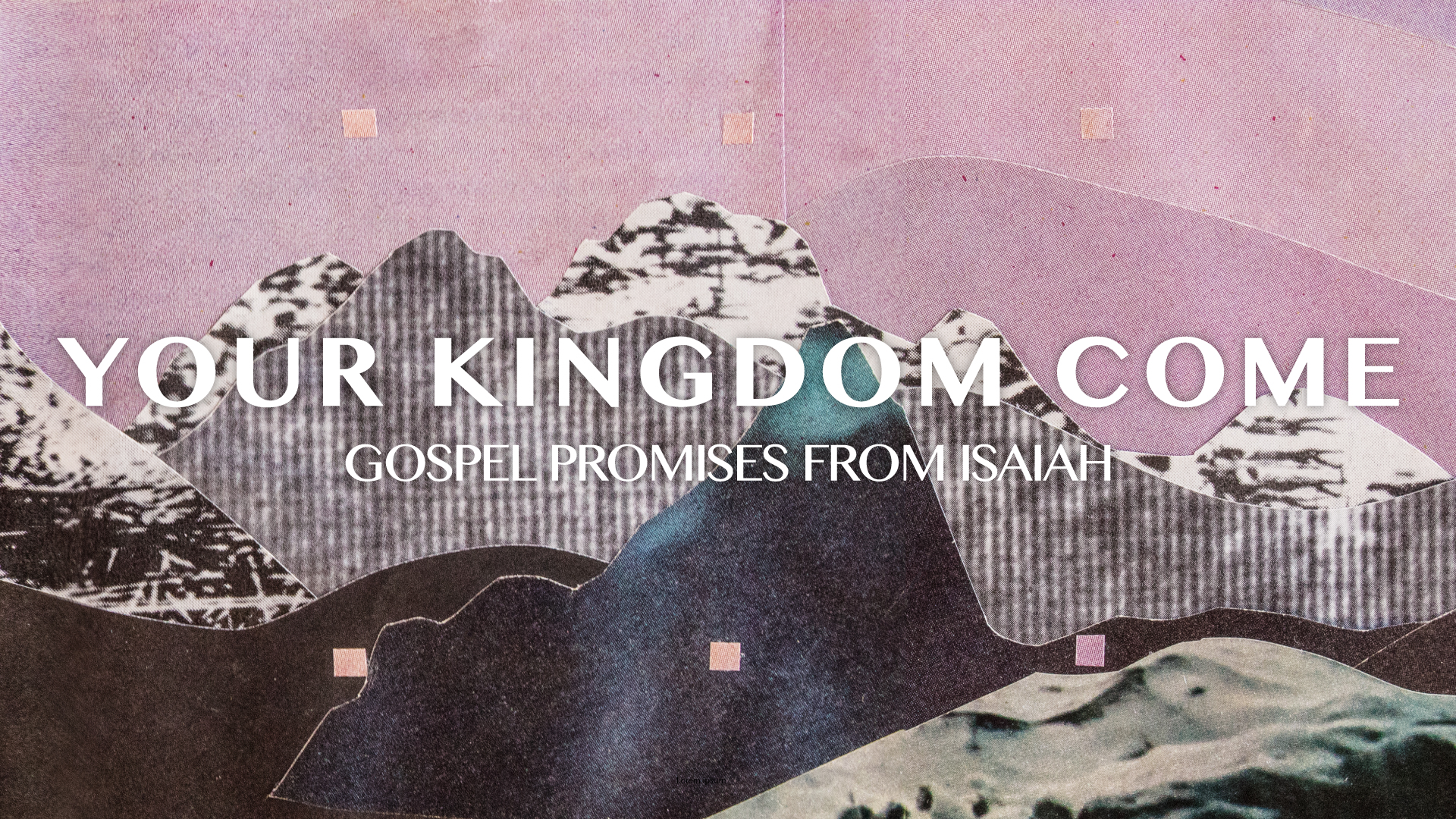
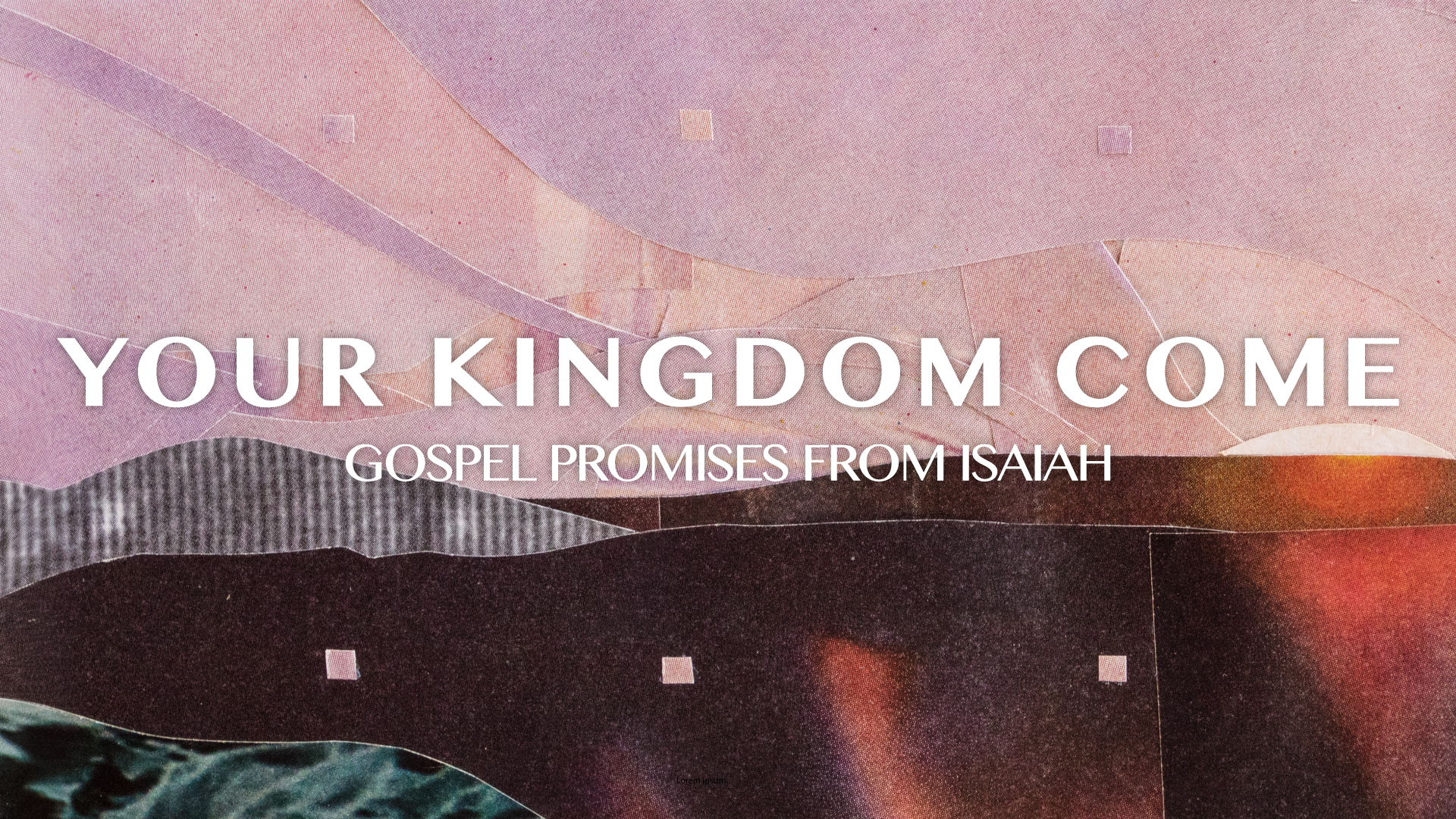
 In another early concept, I envisioned cracks and a shattered pattern getting less and less cracked -the color getting brighter and brighter as the collage progressed. U;timately, I felt like it was—again—less robust of an idea, and cracks don’t really “heal themselves.” It’s difficult to express that idea, even though I liked the graphic potential of it.
In another early concept, I envisioned cracks and a shattered pattern getting less and less cracked -the color getting brighter and brighter as the collage progressed. U;timately, I felt like it was—again—less robust of an idea, and cracks don’t really “heal themselves.” It’s difficult to express that idea, even though I liked the graphic potential of it.
 Lastly, an image of the final collage in-process, before I added the pink squares. The squares sort of came to symbolize markers in the passage of time, little ebeneezers if you will.
Lastly, an image of the final collage in-process, before I added the pink squares. The squares sort of came to symbolize markers in the passage of time, little ebeneezers if you will.
